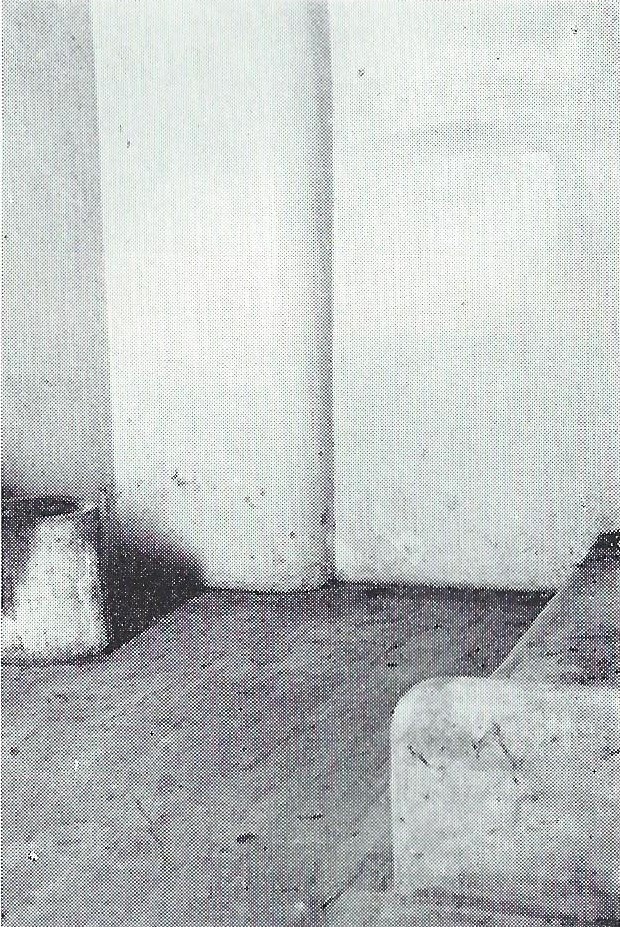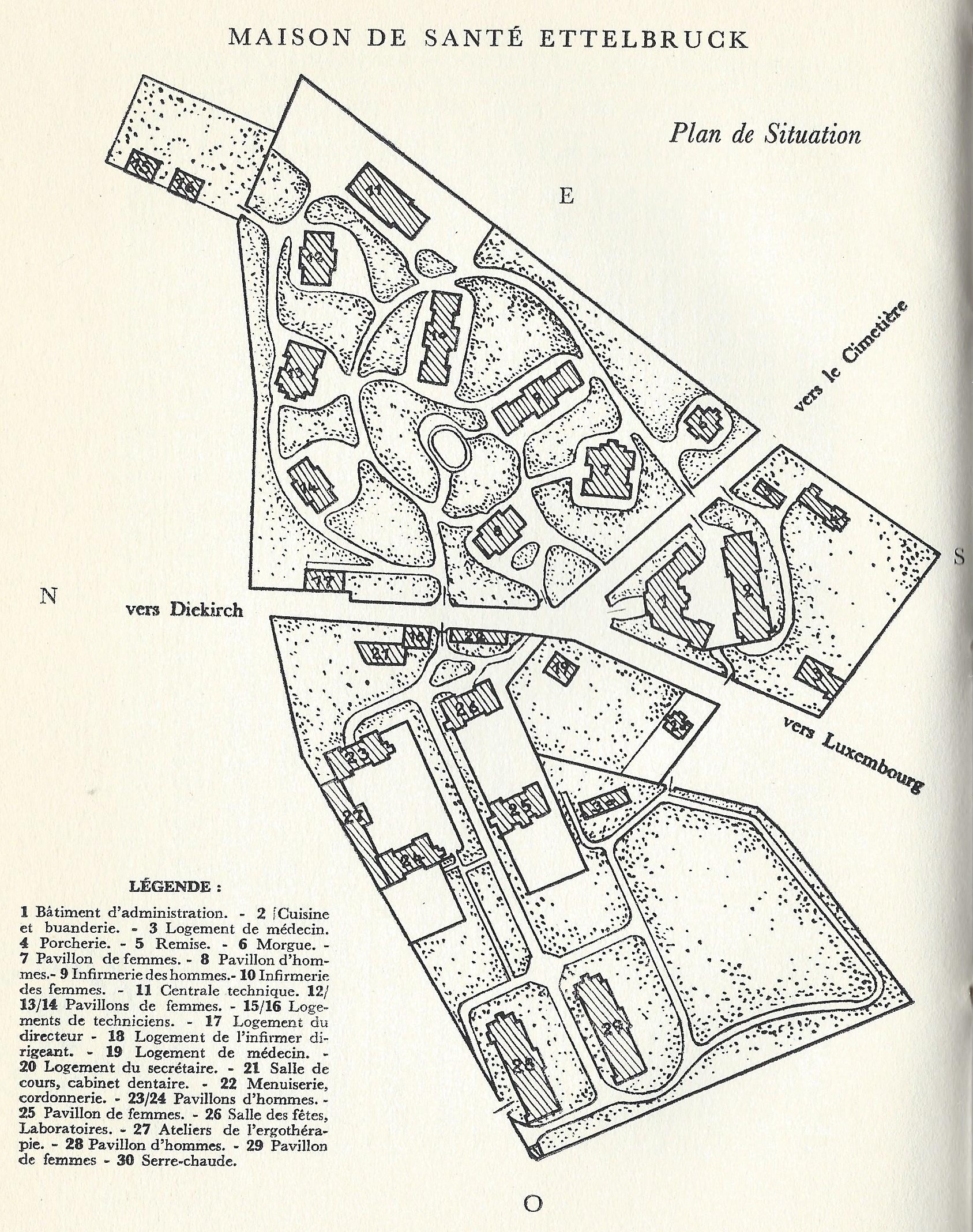Women are Lunatics, Men are Idiots?

The inhabitants of the Maison de Santé were enclosed in the asylum. The layout of asylums reveals that they had more in common with modern prisons than with hospitals: a wall enclosed the whole asylum, and buildings with dangerous inhabitants even had another wall around them, in order to make sure they could not escape confinement. The wall had two functions: It kept the inhabitants in the hospital, but also helped to hide the darker faces of psychiatry: “The mental hospitals, as asylums became called, seemed the very mirror of desolation. One English psychiatrist likened them to prisons, closed to outsiders and escape-proof” (SHORTER, p. 191).
Two ways of internment can be identified. Firstly, there were group rooms, where people that were not a danger to others or themselves would be found. These inhabitants could walk around and participate in different types of therapy. The second kind of room is the isolation room, where only a bed and a toilet could be found. Agitated inhabitants would be imprisoned in such rooms. There was no intention to harm them, but doctors believed that isolation would help people.
The truth about psychiatric institutions before the invention of psychotropic medication is that “today’s psychiatrists [1980] do not realize that those of us working in psychiatric hospitals before the 1930s could do little more for our patients than make them comfortable, maintain contact with their families and in case of a spontaneous remission return them to the community” (SHORTER, p. 191). This citation shows clearly that asylums could not help and, to some extent, did not understand what was happening to their patients. An asylum doctor could be defined as a person who protects the mentally ill patients from society and society from its mentally ill patients.
In the asylum, genders were segregated; however, this was the case not only in hospitals, but also in other institutions (such as schools) of the 1920s. The gender segregation in the Maison de Santé becomes clear by looking at the functions of the different buildings situated in this park:

Buildings 7, 10, 12-14, 25, 29 are reserved for women, while buildings 8, 9, 23, 24, 28 are reserved for men.
Daily life in the Maison de Santé was completely separated by gender, the only exception being the daily church service.
